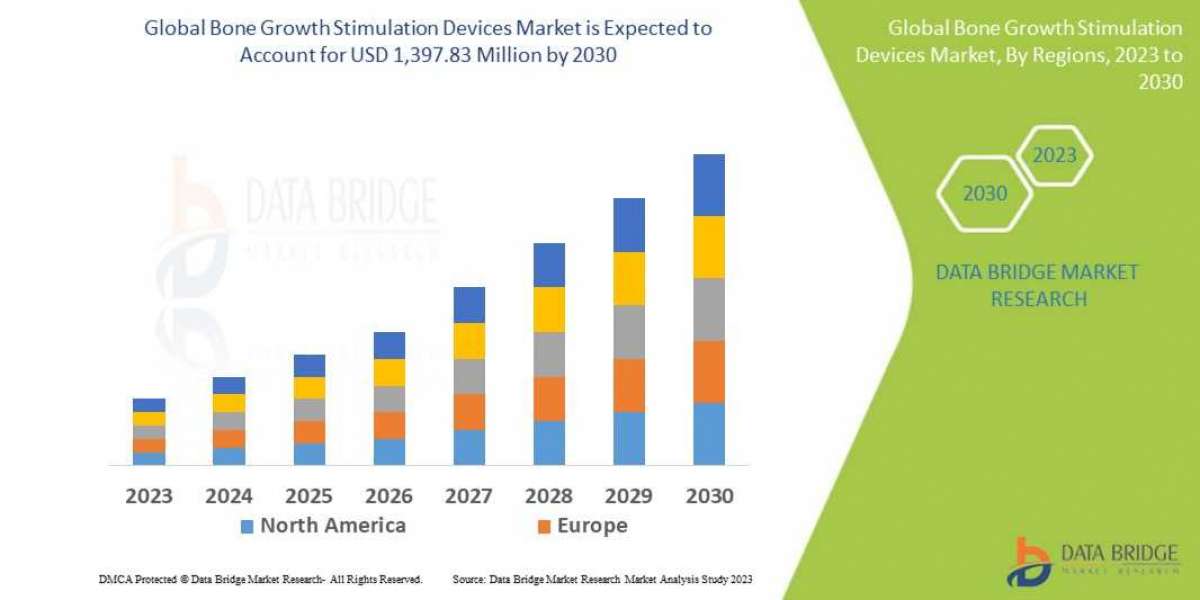AI in Radiology: Transforming Diagnostics and Patient Care in Pune
Artificial intelligence (AI) is rapidly revolutionizing the field of radiology, offering significant advancements in diagnostic accuracy, workflow efficiency, and ultimately, patient care in Pune and across the globe. Recent news highlights the increasing integration of AI algorithms in medical imaging, showcasing their potential to augment the capabilities of radiologists and improve healthcare outcomes.
AI as a "Second Pair of Eyes" Enhancing Detection:
One of the most promising applications of AI in radiology is its ability to analyze medical images – such as X-rays, CT scans, and MRIs – with remarkable speed and accuracy. AI algorithms, often trained on vast datasets of medical images, can identify subtle abnormalities that might be missed by the human eye, acting as a valuable "second pair of eyes" for radiologists. News reports emphasize the success of AI in detecting:
- Subtle Lung Nodules: AI algorithms are proving adept at spotting small lung nodules on CT scans, potentially leading to earlier diagnosis of lung cancer.
- Vertebral Fractures: Deep learning algorithms are being trained to identify and grade spinal fractures on CT scans, which can often go unnoticed.
- Brain Tumors: AI can assist in classifying brain tumors based on MRI scans with high accuracy, aiding in timely treatment decisions.
- Early Signs of Alzheimer's Disease: Algorithms analyzing PET scans are showing potential in detecting early indicators of Alzheimer's, which might not be visible to the naked eye.
- Breast Cancer: AI tools are enhancing mammography examinations, improving cancer detection rates and potentially reducing unnecessary callbacks.
Streamlining Workflows and Improving Efficiency:
Beyond image analysis, AI is also playing a crucial role in optimizing radiology workflows:
- Automated Image Analysis and Reporting: AI can automate routine tasks like image sorting, preliminary assessments, and even the generation of draft reports, freeing up radiologists to focus on more complex cases.
- Intelligent Worklist Prioritization: AI algorithms can analyze imaging requests and prioritize urgent cases, ensuring that patients with critical conditions receive prompt attention.
- Optimized Image Acquisition: AI-powered tools can assist in optimizing imaging protocols and even reducing radiation dosage while maintaining image quality.
- Automated Annotation and Measurement: AI can automate the time-consuming tasks of image annotation and measurement, improving efficiency and reducing variability.
Challenges and the Path Forward:
Despite the immense potential, the integration of AI in radiology is not without its challenges:
- Data Quality and Standardization: The development of robust AI algorithms requires large, high-quality, and standardized datasets, which can be challenging to acquire and curate.
- Interpretability and the "Black Box" Problem: Understanding why an AI algorithm makes a particular prediction can be difficult, hindering clinical trust and the ability to identify potential biases or errors.
- Bias in Algorithms: AI algorithms trained on biased data may perpetuate or even amplify existing healthcare disparities. Ensuring fairness and equity in AI applications is crucial.
- Regulatory and Ethical Considerations: Clear guidelines and regulations are needed to govern the development, validation, and deployment of AI-powered medical devices in radiology.
- Integration into Existing Workflows: Seamlessly integrating AI tools into the existing Picture Archiving and Communication Systems (PACS) and radiology workflows is essential for widespread adoption.
Collaborative Future for Radiologists and AI:
Experts emphasize that AI is not intended to replace radiologists but rather to augment their abilities. The future of radiology is envisioned as a collaborative partnership between human expertise and artificial intelligence, where AI handles routine tasks and provides a "second opinion," allowing radiologists to focus on complex cases, clinical correlation, and patient communication.
Developments in Pune:
Radiology departments and research institutions in Pune are actively exploring and adopting AI technologies. Collaborations between technology providers and local healthcare professionals are crucial in tailoring AI solutions to the specific needs of the region and ensuring their effective implementation for improved patient care.
The integration of AI into radiology marks a significant step towards a more efficient, accurate, and ultimately, patient-centered healthcare system in Pune and beyond. Continued research, development, and thoughtful implementation will be key to unlocking the full potential of this transformative technology.








